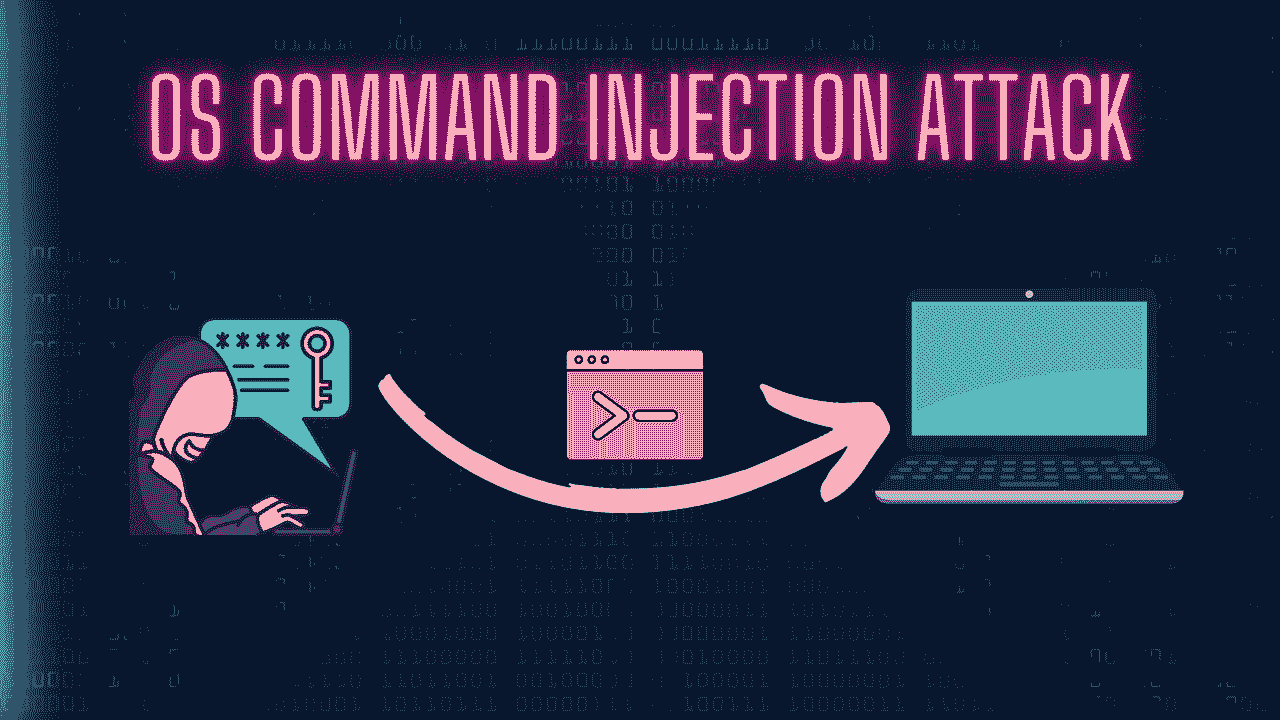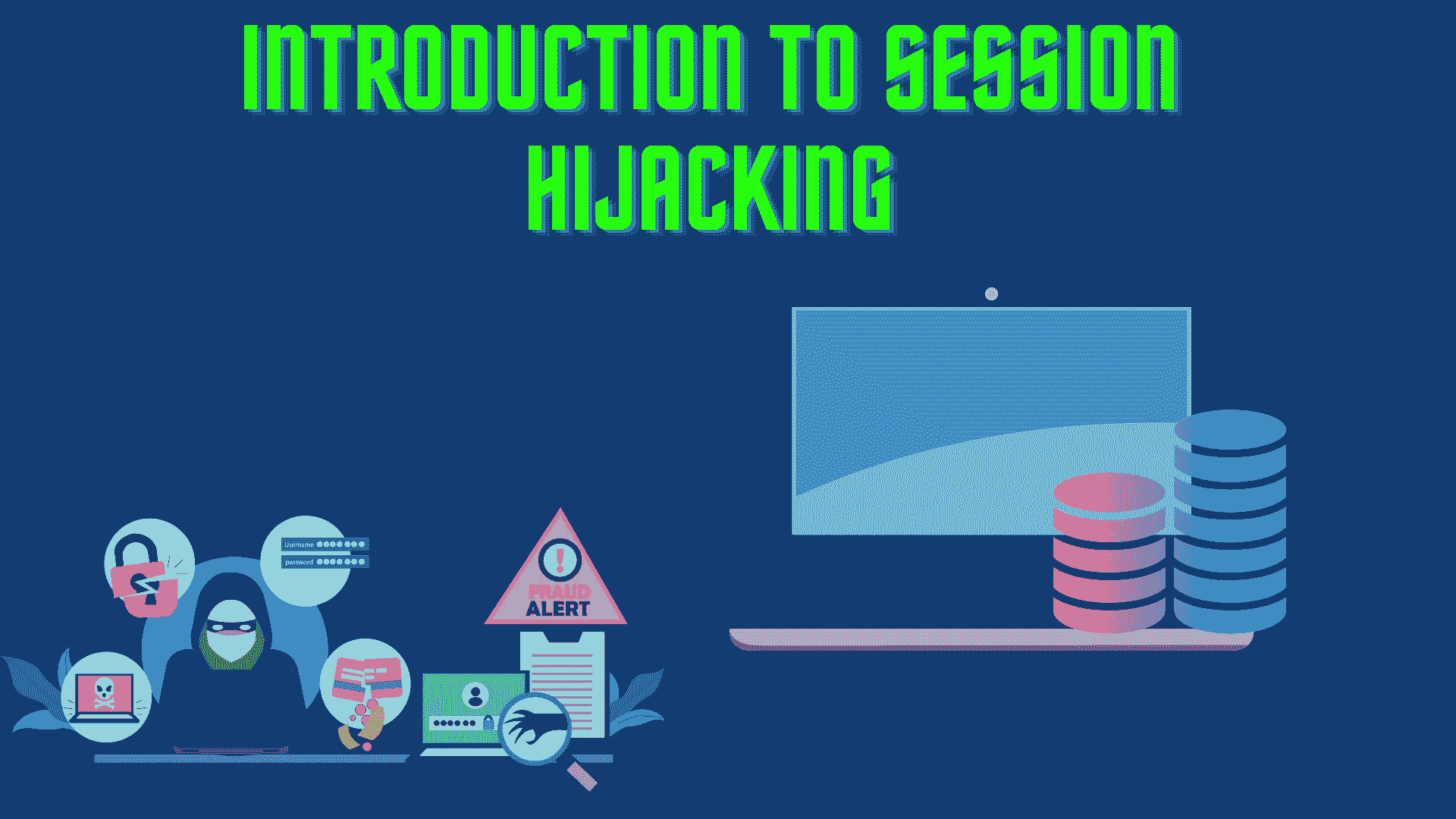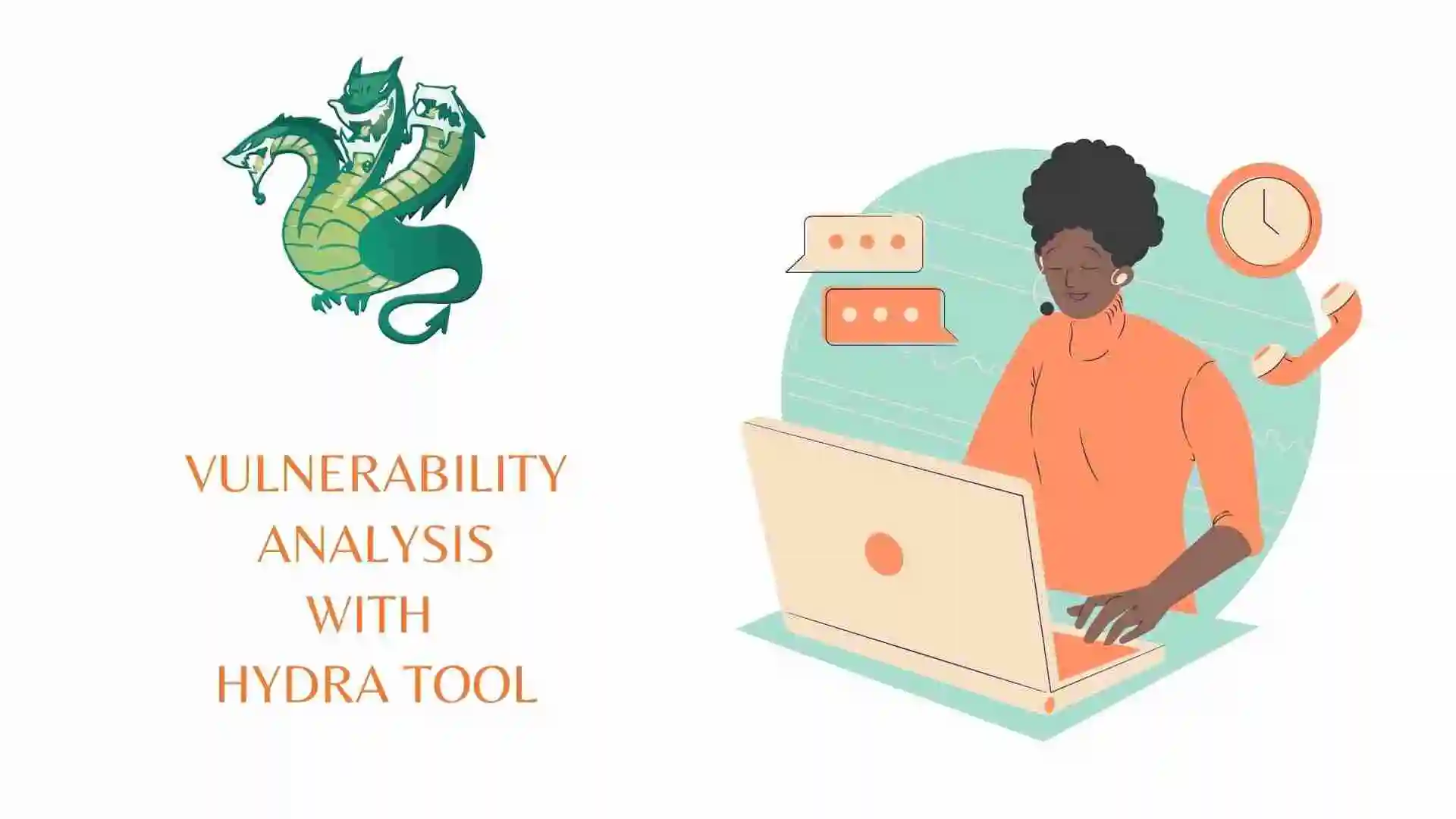In this blog, I will explain the OS Command Injection Attack which is one of the most important attacks done by hackers. I will tell some tips on how to prevent and detect it. So please, read the whole blog and share it with your friends. Let’s get started with a blog.
Table of Contents
- Introduction to OS Command Injection
- How OS Command Injection arise
- How to Find OS Command Injection Vulnerability
- Impact of OS Command Injection
- Mitigation for OS Command Injection
- Post Related to Computer Network
- Blog Related to Linux
Introduction to OS Command Injection
OS Command Injection is a type of security vulnerability that occurs when an attacker is able to execute arbitrary operating system commands on a target system. This vulnerability typically arises in web applications or other software that interact with the underlying operating system.
The basic idea behind OS Command Injection is that an application allows user input to directly influence the commands that are executed by the operating system.
If the application does not properly validate, sanitize, or handle user input, an attacker can craft malicious input that includes specially crafted commands. When these malicious commands are executed, they can lead to unauthorized access, data theft, system compromise, and other security breaches.
How OS Command Injection arise
Here’s a step-by-step overview of how OS Command Injection works:
- User Input: The vulnerable application takes user input, which could be in the form of web forms, URLs, or other input fields.
- Lack of Sanitization: The application fails to properly validate or sanitize the user input. This means that any input provided by the user is treated as-is, without any filtering or escaping.
- Command Execution: The attacker submits malicious input that includes operating system commands. These commands are often embedded within the user input and are designed to exploit the vulnerability.
- Operating System Interaction: The application, unaware of the malicious intent, passes the user input containing the malicious command to the operating system for execution.
- Command Execution: The operating system executes the malicious command in the same context as the application. This can lead to unintended consequences, such as running arbitrary code, accessing sensitive files, or even gaining control over the entire system.
- Impact: Depending on the severity of the vulnerability and the privileges of the application, the attacker can potentially gain unauthorized access, retrieve sensitive information, modify or delete data, and execute further attacks.
How to Find OS Command Injection Vulnerability
Finding OS Command Injection vulnerabilities involves a combination of manual code analysis, security testing tools, and careful examination of application behavior. Here’s a step-by-step guide on how to identify OS Command Injection vulnerabilities:
- Manual Code Review: Start by reviewing the application’s source code, focusing on any parts of the code where user input is used to construct system commands. Look for instances where user input is directly concatenated with command strings without proper validation and sanitization.
- Input Points: Identify all the input points where user-supplied data interacts with the application, such as form fields, query parameters, and HTTP headers.
- Testing with Special Characters: Test each input point by injecting special characters commonly used in command injection attacks, such as
|,;,&,$,>, and<. Observe how the application responds to these inputs. If the application behaves unexpectedly or returns error messages that contain parts of your input, it could be an indication of a vulnerability. - Boundary Testing: Test for boundary conditions by providing both valid and invalid input data. Attempt to manipulate the input in ways that might lead to command injection, such as trying to close quotes or parentheses prematurely.
- Command Chaining: Experiment with chaining multiple commands together using appropriate command separators. For example, appending
;or&&followed by another command. - Tool-Assisted Scanning: Utilize security testing tools that are designed to detect OS Command Injection vulnerabilities. Some popular tools include:
- Burp Suite: Use the scanner module to automatically identify injection vulnerabilities.
- OWASP ZAP: Similar to Burp Suite, it can help identify injection vulnerabilities through automated scanning.
- Nikto: A web server scanner that can identify potential vulnerabilities, including command injection.
- Nmap: While primarily a network scanner, it can also help identify potential injection points and vulnerabilities.
- Manual Testing: Perform manual testing by crafting inputs that are deliberately designed to trigger command injection. Observe the application’s response and behavior for any signs of successful exploitation.
Remember that identifying vulnerabilities is an ongoing process, and it’s important to stay updated with the latest security practices and techniques to effectively identify and mitigate OS Command Injection vulnerabilities.
Impact of OS Command Injection
When exploited by attackers, these vulnerabilities can lead to various consequences, ranging from unauthorized access to complete system compromise. Here are some of the potential impacts of OS Command Injection:
A) Unauthorized Data Access:
Attackers can execute commands to access sensitive data and files that are not intended for public viewing. This may include confidential user information, financial data, intellectual property, or other proprietary information.
B) Data Manipulation and Deletion:
Command injection can allow attackers to modify, alter, or delete data on the system, potentially leading to data loss, corruption, or manipulation of critical records.
C) System Compromise:
Successful exploitation of a command injection vulnerability could lead to full compromise of the target system. Attackers might gain control over the entire operating system, enabling them to install backdoors, create new user accounts, and execute arbitrary code.
D) Malware Injection:
Attackers could inject and execute malicious code on the system, potentially leading to the installation of malware, ransomware, or other malicious software that can further compromise the system or spread to other connected systems.
E) Privilege Escalation:
Command injection could be used to escalate privileges, allowing attackers to gain higher levels of access and control on the system. This could lead to bypassing access controls and gaining administrative rights.
It’s important to note that the impact of an OS Command Injection vulnerability depends on various factors, including the nature of the vulnerability, the privileges of the compromised application or user, the security measures in place, and the overall architecture of the system. To mitigate the impact of command injection vulnerabilities, organizations should prioritize secure coding practices, regular security assessments, and prompt patching of known vulnerabilities.
Mitigation for OS Command Injection
Mitigating OS Command Injection vulnerabilities involves a combination of secure coding practices, proper input validation and sanitization, and ongoing security measures. Here are several steps you can take to effectively mitigate the risk of OS Command Injection:
A) Input Validation and Sanitization:
- Validate and sanitize all user inputs before using them in any command or query.
- Whitelist acceptable characters and sanitize inputs to prevent special characters, such as
|,;,&,$,>, and<, from being interpreted as commands. - Use input validation libraries or built-in functions that offer robust filtering and escaping mechanisms.
B) Use of Parameterized Queries:
If interacting with databases, use parameterized queries or prepared statements to prevent SQL injection vulnerabilities, which could lead to command injection.
C) Avoid Shell Commands:
Whenever possible, avoid using shell commands to perform tasks. Use safer alternatives like APIs or libraries that provide direct functionality.
D) Strong Input Validation for File Paths:
If user input is used to construct file paths, validate and sanitize the input to prevent traversal attacks that could lead to command injection.
E) Least Privilege Principle:
Run applications and services with the least privilege necessary to perform their tasks. Avoid running commands with high levels of privilege.
F) Contextual Output Encoding:
When displaying user-generated content, ensure proper encoding and escaping to prevent cross-site scripting (XSS) attacks.
G) Patch Management:
Keep software, libraries, and frameworks up to date to reduce the risk of known vulnerabilities that could be exploited for command injection
H) Intrusion Detection and Monitoring:
Implement intrusion detection systems (IDS) and monitor system logs for any suspicious or unexpected behavior.
Mitigating OS Command Injection vulnerabilities requires a comprehensive and proactive approach that involves both preventive measures during development and ongoing monitoring and testing in the operational phase. By following these guidelines, you can significantly reduce the risk of command injection attacks in your applications.
Post Related to Computer Network
- Introduction to Computer Networking | What is Computer Network
- What are Topology & Types of Topology in Computer Network
- What is FootPrinting in Cyber Security and its Types, Purpose
- Introduction to Cloud Computing | What is Cloud Computing
- Distributed Shared Memory and its advantages and Disadvantages
- What is VPN? How doe VPN Work? What VPN should I use?
- What is an Internet and How the Internet Works
- What is a Website and How Does a Website or web work?
- Introduction to Virus and different types of Viruses in Computer
- What is TCP and its Types and What is TCP three-way Handshake
- What is UDP Protocol? How does it work and what are its advantages?
- What is an IP and its Functions, What is IPv4 and IPv6 Address
- What is MAC Address and its Types and Difference MAC vs IP
- What is ARP and its Types? How Does it Work and ARP Format
- Sessions and Cookies and the Difference Between Them
- What is ICMP Protocol and its Message Format?
- What is Big Data? Characteristics and Types of Big Data
- Disciplines of CyberSecurity | What are the goals of CyberSecurity?
- What is Firewall, Features, Types and How does the Firewall Work?
- Network Scanning, Types, and Stealth Scan in Computer Network
- Cryptography and its Types in Ethical Hacking
- Tor Browser and How does it Work | Onion Router Tutorial
- Proxy Server, Advantages, Difference between Proxy Server & VPN
- DHCP Protocol and What Are the Pros and Cons of DHCP
- Intrusion Detection System(IDS) and What are the types of IDS
- Domain Name Server, How Does It Work, and its advantages
- Telnet: Introduction, How Does it Work, and Its Pros and Cons
- SOC: Introduction, Functions performed by SOC, and its Pros
- What is SIEM? | What is the Difference between SIEM and SOC?
- Application Layer in OSI Model | OSI Model Application Layer
Blog Related to Linux
- What is Linux Operating System | Introduction to Linux
- Directory in Linux Define | Linux Directory & its Commands
- Explain the chmod command in Linux | Linux chmod command
- Linux User Management || User Management in Linux
- Linux Computer Network Advanced Command | Network Command
- Redirection in Linux I/O| Linux I/O Redirection
- CronTab and Job Scheduling in Linux | Make CronTab Project
- Linux Firewall Unlock Rules with Firewall-cmd Tutorial
- netstat command in Linux | Linux netstat command
- SSH Command Full Guide with Practical | Linux SSH Service
- awk command Guide | How to arrange the output of the file in Linux
- sed command Full Guide Tutorial | Linux sed Command
- Iptables commands Full Guide: How to make our own Firewall




